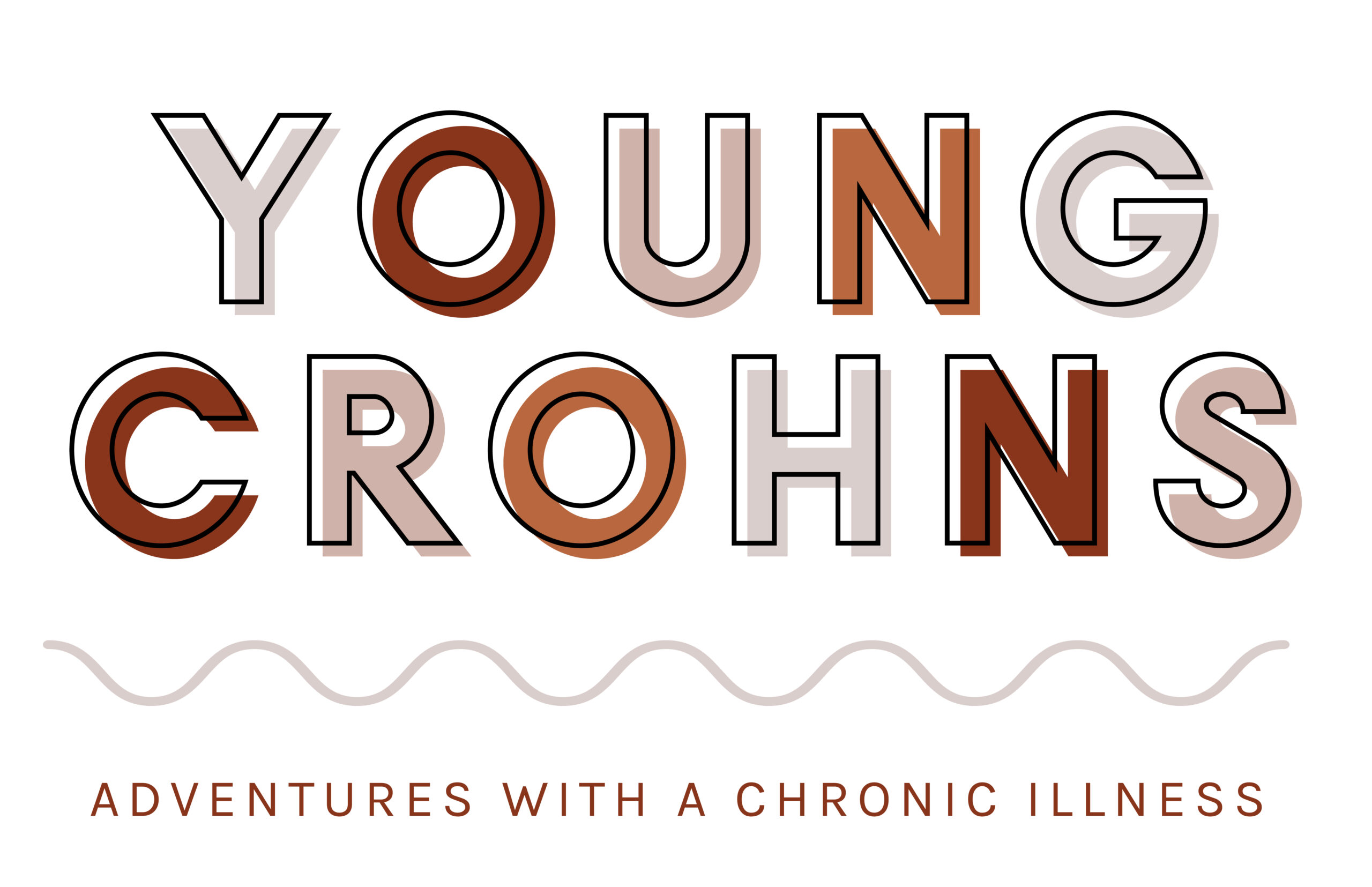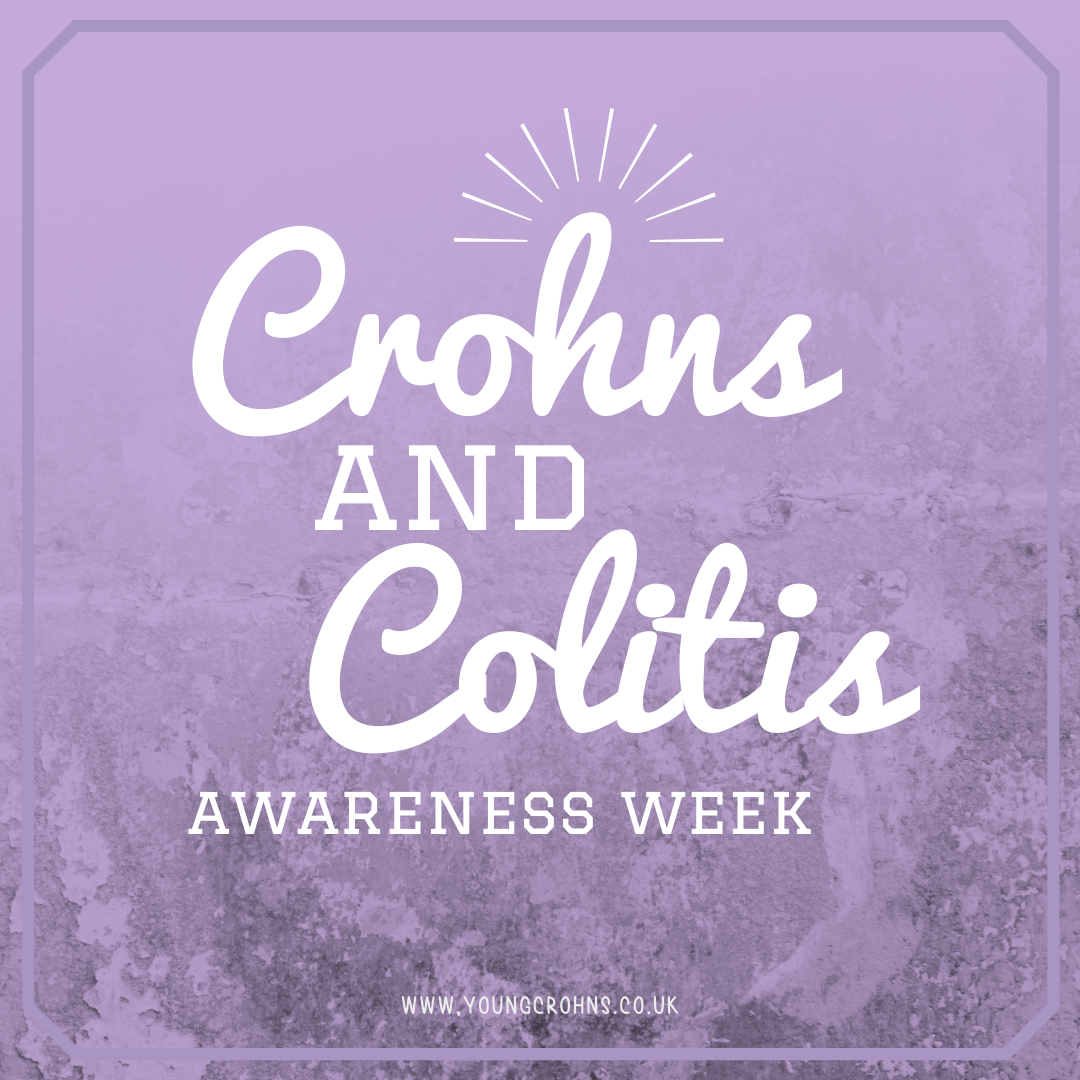
Ostomy Uncovered: Peristomal Skin Issues
Disclaimer: This information is based on my own research into this particular aspect of stoma care as well as some personal experience and should not be used as medical advice or a diagnostic tool. The suggestions given within are taken from sources laid out in the references header. If you seek advice regarding the things you experience within your own disease, please contact your SCN for medical advice.
If you are looking for the entire ‘Ostomy Uncovered‘ series, you can find them all here.
What is peristomal skin?
Peristomal skin is the region of your abdomen around your stoma. It will be the skin that is covered by a stoma bag and probably about a 1-2 inch around the end of your baseplate; a total area of approximately 4 x 4 inches. . If you have a stoma created, this area will forever be covered with a bag.
Why is healthy skin important
The skin is not meant to be forever covered by a man-made appliance. The skin has seven main functions:
- Protection of the human body
- Sensation – transmitting to the brain information about surroundings
- Temperature regulation
- Immunity – the role of the skin within the immune system
- Enables movement and growth without injury
- Excretion from the body of certain types of waste materials – such as sweat.
- Endocrine function – regulation of Vitamin D
Covering a portion of the skin can lead to some of these functions not working by being trapped under an appliance or they can also over regular themselves.
When it comes to looking after your peristomal skin when you have a stoma is managing to keep the skin as healthy as possible. Given that stomas are created for many various reasons, there as just as many reasons as to why it might be difficult to achieve healthy peristomal skin.
This post explains what can happen in some circumstance to lead to peristomal skin breaking down, as well as the complications from the skin being broken or reactions to man-made chemicals and products used in stoma care.
What sorts of issues can you have in this area?
It is estimated that 77% of peristomal skin complications are related to the stoma output – or ‘effluent’ – coming in contact with and sitting on the skin. And the majority of these are those with ileostomies, due to the acidity and porridge like consistency of their output, followed by urostomies and colostomies respectively.
Up to 80% of ostomy patients do not seek help for peristomal skin complications because they do not recognize there’s a problem. Some assume that having skin issues is ‘normal’ with an ostomy. This is not the case! The peristomal skin should look and feel just like the rest of the skin on the person’s abdomen.
When it comes to peristomal skin complications or issues, they fall into one of five categories:
M – Mechanical
I – Infection
N – Noxious chemicals and irritants (can be the person’s own output)
D – Diseases of the skin
S – Skin Allergens
How are the issues resolved?
- Mechanical – characterised with partial to full-thickness injury, can be quite painful, has irregular boarders, there is sometimes a loss of skin and is accompanied with redness.
Common causes of peristomal skin trauma are pressure or friction. The most common causes of pressure or friction are a bad fitting appliance, abrasive cleaning, ripping the appliance off or frequently appliance changes.
Management of this begins with identifying what issue is causing the peristomal skin trauma. Having a SCN observe the appliance technique is a first step; as they will look for rough removal, vigorous cleaning, picking, along with other common blunders that lead to this peristomal issue.
Treatment can be applying a dusting of stoma powder to the raw skin, letting it soak in and then brushing off the excess. Applying the pouch right over the powder will help it stick to the raw skin. However for deeper peristomal skin trauma, like ulceration, needs wound care. This can be achieved by applying wound products such as calcium alginate, hydro-fibre, hydrocolloid or a foam, and then the pouch right over them. These products that can stay in the ulceration for a few days at a time. This is overseen by a wound care specialist.
Prevention for these issues are down to patient education – cleaning, application and gentle and slow removal – and a proper fitting appliance.
Commonly seen as a mechanical skin issue is Suture Granulomas where small bumps appear in the area where sutures were used to create the stoma. This is a gradual build up of tissue at the site which gets irritated by the pouch being cut to size. If these become larger, painful or more wide-spread around the stoma, a SCN should refer you to a surgeon for a consultation. This could be to remove the suture stuck in the skin by using silver nitrate to cauterise the granulomas.
- Infection – characterised by circumferential or partial rash around the stoma, redness and / or darker pigmentation, scattered red areas – known as satellite lesions – burning or itching and maceration.
These usually come about from the warm, moist and dark areas under the skin barrier or flange. But can also be caused by perspiration, leaks and prolonged wear time.
Ideally this is managed by identifying the cause of moisture – be it a leak, the climate or even exercise.
Once the cause is identified treatment can begin. This can be treated topically – if it is small area – but if its larger infection or on other parts of the body, this needs to be treated systemically with the help of a GP. Topically, using Nystatin powder works well. No creams or ointments as they will interfere with the wafer adhering to the skin.
A typical issue that covers both mechanical and infection is Folliculitis – the inflammation or infection of superficial hair follicles. This is typically seen in males as they shave their peristomal skin, but can also been seen in those who rip the pouching system away aggressively. They present as pustules – whiteheads – also with pain and redness. Using an adhesive remover to take off the pouch and shaving in the direction of hair growth can lessen this problem. But for treating the immediate issue, using a antibacterial soap to clean the skin as well as making sure the skin is dry before applying the pouch helps.
- Noxious Chemicals and Irritants – Mostly commonly called Peristomal Contact Dermatitis and is characterised as a well defined open area of injury along side redness, weeping of the area, itching, a loss of skin and pimples may be present.
This is usually caused by inflammatory reaction caused by an exposure to chemicals such as the stoma output, soaps, solvents or adhesives. This can also be down to the baseplate being cut too large so skin is exposed, the baseplate not being centred on the stoma and the pouch being worn for too long and is breaking down.
This can be treated effectively by cleaning the skin with warm water, and no soap to reduce the chemicals touching the areas, as well as applying stoma powder to the weeping, injured areas. It is important to dust off the excess and follow-up with a barrier wipe or spray of your own choosing.
Management of this issue is reliant on checking for leaks during wearing the pouch, but also checking the back of the baseplate when removing the pouch – looking to see how much of the baseplate has been ‘eaten’ away by output can give you a good idea of how long your wear time should be and if your cutting template is correct or needs adjusting. It could also be possible that the convexity of your pouch needs adjusting too – and for this and checking the cutting, it is best practice to seek advice from your SCN.
A common issue when it comes to noxious chemical is Hyperplasia – the chronic exposure to urine or moisture. This can happen with all types of stoma, but most commonly urostomies and ileostomies due to the nature of the output produced. It can be characterised with wart-like nodules, white, grey or reddish-brown discolouration of the skin, can be circumferential or scattered, may bleed and usually see as the mucocutaneous junction – where the skin means the stoma. With urostomies it may also look like crystals. This issue is usually cauterised with silver nitrate but prevention is better than cure; advice is to have a proper fitting pouching system, to cover many of the lesions as possible with barrier rings or paste – taking care to not strangulate the stoma. For urostomates it is important to maintain a 6.0 pH for urine by increasing fluid intake and taking Vitamin C and to also use a pouching system with a anti-reflux value.
- Diseases of the Skin – Seen as Peristomal Pyoderma Gangrenosum (PG) and is characterised with full thickness ulcers but begins with pimples, can be very painful, the edges of the ulcers are red or purplish and are of an irregular shape. Its cause is linked to ulcerative autoimmune disease conditions, and up to 50% of incidences of PG have Crohn’s Disease or Ulcerative Colitis.
Typically treatment includes topical steroids as well as GP prescribing systemic steroids for the wide-spread autoimmune condition. Also used is topical aesthetic for the pain. For direct treatment of the ulcers, it is advised to full the nuclear with powder, alginate or hydrofibre and then apply the pouch right on top of the wound products.
A biopsy of this should never be taken, as it is diagnosed by exclusion and a biopsy can increase the problem. This issue is managed by controlling the underlying disease.
Also seen within diseases of the skin is that of Peristomal Fistulas. These are abnormal passages between the stoma and / or intestine and the peristomal skin. It is characterised when the output drains through an opening, other than the stoma, onto the peristomal skin. This causes the pouch to lift and leak due to the fistula output and the broken skin. Causes of fistulas are seen in patients with IBD and when there has been improper suture placement during stoma surgery. This is managed with a fistula pouch and the hope of a spontaneous closure of the fisutla. However, surgical reconstruction and stoma relocation may also bee needed.
- Skin Allergies – also known as Peristomal Allergic Contact Dermatitis and is characterised as a mirror image of what a person is allergic to – if anything. It is accompanied by redness, itching and pimples. It is usually caused by an allergic reaction to one or more of the products being used on the skin.
Treatment is the elimination of the offending product / s and a possible consult to a dermatologist if this is inconclusive or complicated. Patch tests will be performed with all the products used to identify the offending product and this should be removed from the routine. Replacing the product should be something that will come from the advice of the SCN and dermatologist.
Important information
- Skin problems are common around stomas with approximately two-thirds of patients reporting a rash or soreness from time to time. So when you are dealing with a peristomal skin issue, know that it is common, treatable and you are not alone!
- Most peristomal skin complications can be avoided by a properly fitting appliance.
- It is important to remember that serious peristomal skin issues should always be addressed by a SCN with experience and a dermatologist for treatment.
- Some patients are ‘unlucky’ and have to deal with a torrent of skin issues when it comes to living with a stoma. Whilst some can be fixed and managed with products designed to help with specific issues, sometimes surgery is required to refashion or reposition a stoma so that the spout protrudes far enough from the peristomal skin to avoid sitting flush and causes soreness and irritation.
My Experience
My stoma was formed as a sort of emergency; meaning that it was planned but only for about 10 days whilst I regained some weight and energy with TPN feeding. So my stoma was well positioned by my SCN, my surgeon did a great job with my scar and left my bellybutton intact! So, location wise, my ileostomy was medically perfect.
However, the issues I’ve had since are on the mild extreme of what I’ve explored and written about above. I developed a skin problem when my flat bag continued to leak. We changed to a convex version and that has helped me every day since. A while later – 1 month probably – I started to have a rash on just one section of my peristomal skin – a suture from the surgery has pulled into my mucocutaneous junction and we needed to find a way to stop my output from corroding my skin. We applied a seal and I’ve been using one ever since. We switch to a newer seal when my skin developed a small reaction to the seal and my current one is fantastic. I even did the UK promotion video for it – you can see it here! – so I can’t fault it at all.
Since then, ever so often I develop a small patch of broken skin in my ‘dip’ and I have to recut my template for my bag, apply powder to the affected area and make sure my bag is on for its usually 48 hours. I see alot of improvement when I do this tried and tested, as well as trusted routine for when my skin is sore. However, I choose to do this when I have this issue only, not every new application.
My advice is, dealing with peristomal skin issues, even on a small-scale can be painful. And the fact you can’t just air your broken skin as you need to keep your stoma covered with a pouch, can very frustrating and very upsetting. Especially in the first couple months when you’re sometimes paranoid, nervous, scared and overwhelmed by this little red button on your belly.
If you are having issues with skin problems, please don’t suffer in silence! Find a good SCN who has dealt with skin issues before, who appreciates how difficult they can be and how annoying and frustrating they can be.
Once a problem is solved, and you go on to solve it again and again because you know how to heal your own skin, the sense of accomplishment is a huge high.
Have you ever had any peristomal skin issues? How did you resolved them? Would you recommend anything you tried? Was this raised / noticed by your SCN or yourself?
Do you have any questions or queries? Or just want to share your own experiences? Leave me a reply or tweet me @sapphire20 or find my blog page on Facebook!

Sources:
Shield HeathCare – Peristomal Skin Complications
Wound Care Advisor – How to Manage Peristomal Skin Problems
ACPBGI – The Problem Stoma – Peristomal skin problems
DovePress – Peristomal Skin Complicaitons – causes, effects and treatments
Further Reading:
Wound, Ostomy and Continence Nurses Society – Peristomal Skin Complicaitons: Clinical Resource Guide
WOCNS – Press: Introducing the Peristomal Skin Assessment Guide




3 Comments
Michael Mc Bride
09/08/2018 at 06:05
Your blog is really good, everything is explained in a very accurate manner. Thanks a lot, now I will buy dressings & bandages keeping all these things in mind.
Debunking Stoma Myths •
31/03/2021 at 09:10
[…] A stoma should never hurt. The skin immediately surrounds it – called the peristomal skin – can become painful when it is sore and irritated by the products you use or the output from your stoma. You read about ‘Peristomal Skin Issues’ here. […]
"What happens in a stoma review?" •
09/10/2021 at 12:59
[…] If you enjoyed this post check out The Importance of an AUR – Appliance User Review and Ostomy Uncovered: Peristomal Skin Issues […]